Articles On Technology Biography
Digitized communication and networking in education started in the mid 80s and became popular by the mid-90's, in particular through the World-Wide Web (WWW), eMail and Forums. There is a difference between two major forms of online learning. The earlier type, based on either Computer Based Training (CBT) or Computer-based learning (CBL), focused on the interaction between the student and computer drills plus tutorials on one hand or micro-worlds and simulations on the other. Both can be delivered today over the WWW. Today, the prevailing paradigm in the regular school system is Computer-mediated communication (CMC), where the primary form of interaction is between students and instructors, mediated by the computer. CBT/CBL usually means individualized (self-study) learning, while CMC involves teacher/tutor facilitation and requires scenarization of flexible learning activities. In addition, modern ICT provides education with tools for sustaining learning communities and associated knowledge management tasks. It also provides tools for student and curriculum management.
In addition to classroom enhancement, learning technologies also play a major role in full-time distance teaching. While most quality offers still rely on paper, videos and occasional CBT/CBL materials, there is increased use of e-tutoring through forums, instant messaging, video-conferencing etc. Courses addressed to smaller groups frequently use blended or hybrid designs that mix presence courses (usually in the beginning and at the end of a module) with distance activities and use various pedagogical styles (e.g., drill & practise, exercises, projects, etc.).
The 2000s emergence of multiple mobile and ubiquitous technologies gave a new impulse to situated learning theories favoring learning-in-context scenarios. Some literature uses the concept of integrated learning to describe blended learning scenarios that integrate both school and authentic (e.g., workplace) settings.
Digitized communication and networking in education started in the mid 80s and became popular by the mid-90's, in particular through the World-Wide Web (WWW), eMail and Forums. There is a difference between two major forms of online learning. The earlier type, based on either Computer Based Training (CBT) or Computer-based learning (CBL), focused on the interaction between the student and computer drills plus tutorials on one hand or micro-worlds and simulations on the other. Both can be delivered today over the WWW. Today, the prevailing paradigm in the regular school system is Computer-mediated communication (CMC), where the primary form of interaction is between students and instructors, mediated by the computer. CBT/CBL usually means individualized (self-study) learning, while CMC involves teacher/tutor facilitation and requires scenarization of flexible learning activities. In addition, modern ICT provides education with tools for sustaining learning communities and associated knowledge management tasks. It also provides tools for student and curriculum management.
In addition to classroom enhancement, learning technologies also play a major role in full-time distance teaching. While most quality offers still rely on paper, videos and occasional CBT/CBL materials, there is increased use of e-tutoring through forums, instant messaging, video-conferencing etc. Courses addressed to smaller groups frequently use blended or hybrid designs that mix presence courses (usually in the beginning and at the end of a module) with distance activities and use various pedagogical styles (e.g., drill & practise, exercises, projects, etc.).
The 2000s emergence of multiple mobile and ubiquitous technologies gave a new impulse to situated learning theories favoring learning-in-context scenarios. Some literature uses the concept of integrated learning to describe blended learning scenarios that integrate both school and authentic (e.g., workplace) settings.
Articles On Technology
Articles On Technology
Articles On Technology
Articles On Technology
Articles On Technology
Articles On Technology
Articles On Technology
Articles On Technology
Articles On Technology
Articles On Technology
Articles On Technology
Articles On Technology
Articles On Technology
Articles On Technology
Articles On Technology
Articles On Technology
Articles On Technology
Articles On Technology
Articles On Technology
Articles On Technology
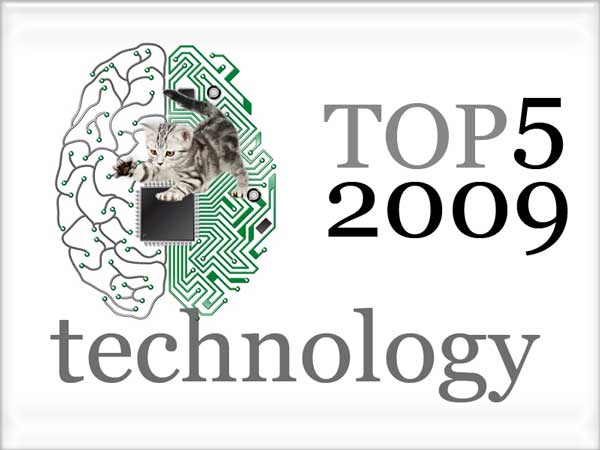





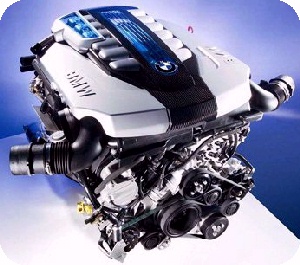
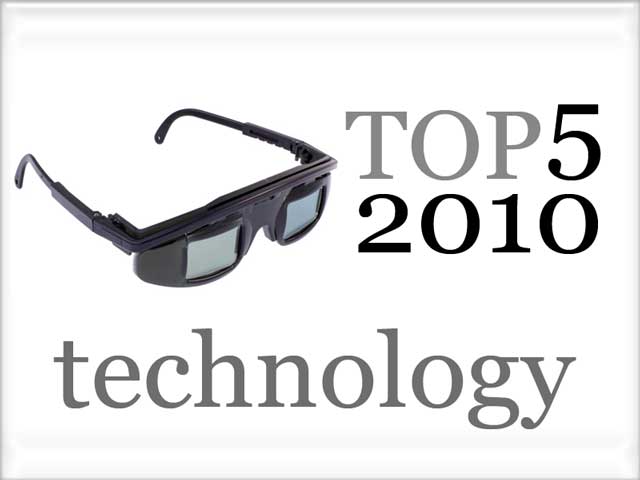


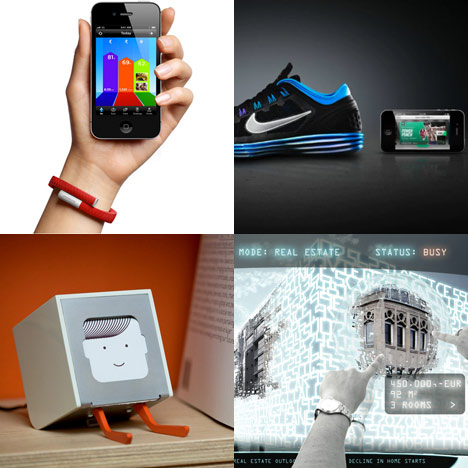




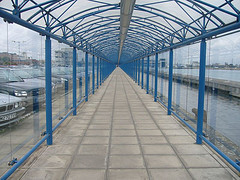



No comments:
Post a Comment